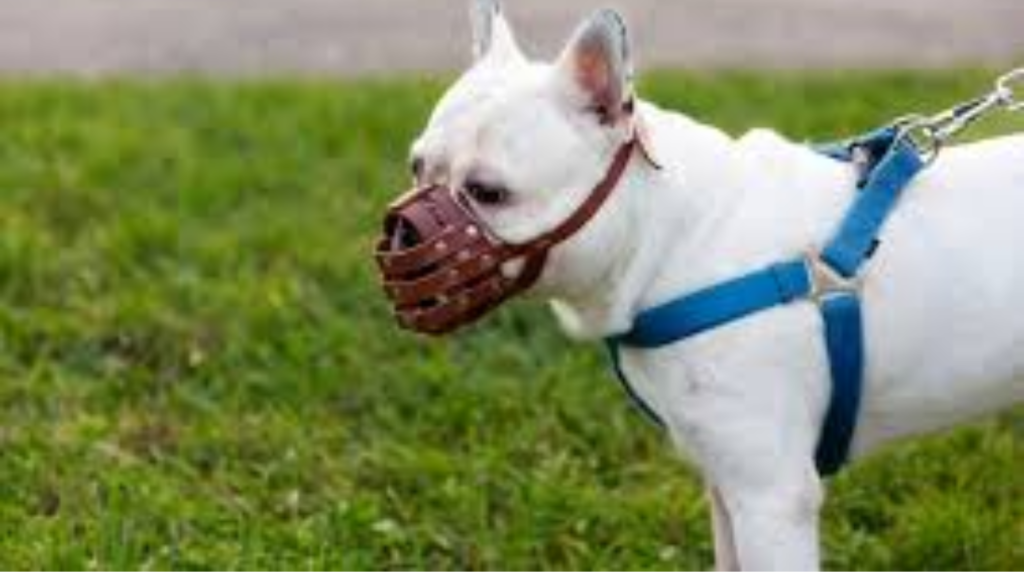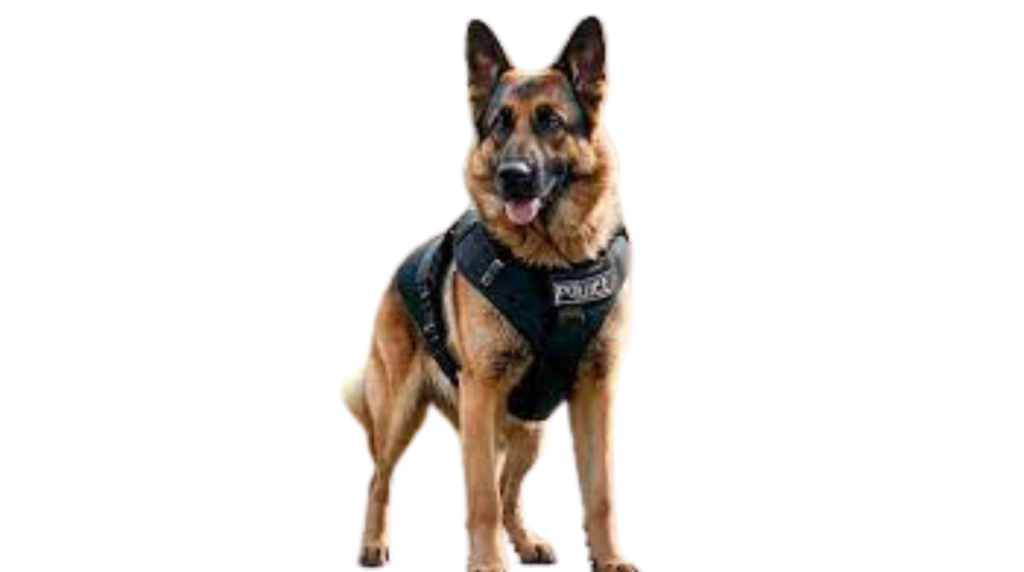Sniffer Dogs: The Heroes with Extraordinary Senses
Sniffer Dogs possess impressive abilities and are widely used in various fields, such as security, rescue operations, and even disease diagnosis.
Their highly developed sense of smell, which is thousands of times more sensitive than that of humans, makes them crucial for tasks that require precision and speed.
These animals play important roles in our society, working alongside police officers, firefighters, and medical teams, always demonstrating loyalty and effectiveness.
In addition to their natural scent-detecting abilities, specialized training transforms these dogs into true “canine superheroes.
” The bond between Sniffer Dogs and their trainers is built on trust, patience, and respect, as the dogs need to understand the mission and respond quickly.
In this article, we will explore the main aspects of Sniffer Dogs, from their characteristics and training to their impact in various fields of work.
What Are Sniffer Dogs?

Sniffer Dogs are animals trained to identify and locate specific smells. Their extraordinary sense of smell, which is up to 100,000 times more acute than that of humans, allows them to detect everything from chemical substances to missing people or even diseases.
This type of ability is not new. Dogs have always been used by humans for hunting, protection, and even rescue operations. Over time, the role of Sniffer Dogs expanded into other essential areas of society.
History of Sniffer Dogs
The history of Sniffer Dogs dates back to ancient times when humans began to realize the utility of dogs for hunting tasks. Their instinct to sniff and follow trails was essential for hunters to locate their prey more efficiently.
This initial use of the canine sense of smell soon expanded into security areas, such as tracking criminals and searching for missing persons.
During the medieval period, breeds like the Bloodhound were highly valued for their tracking and scenting abilities, used to pursue fugitives and locate objects.
Over time, society realized that a dog’s sense of smell could be directed toward various functions, including detecting drugs and explosives.
The formal use of Sniffer Dogs in police and military forces began in the 20th century when dogs were professionally trained to perform these vital roles.
Best Breeds for Scent Detection

Although any dog can be trained to sniff, certain breeds have natural characteristics that make them more suited to this activity.
The most common breeds of Sniffer Dogs include the Bloodhound, German Shepherd, Beagle, and Labrador Retriever.
These dogs have been selectively bred over the years for their exceptional olfactory abilities and their physical endurance to handle long periods of intense work.
The Bloodhound is undoubtedly one of the most recognized breeds when it comes to scent detection. Known for its incredible ability to track scents, even those that are days old, the Bloodhound is widely used in police investigations and search-and-rescue missions.
Its unmatched sense of smell and its persistent nature in following trails make it ideal for these tasks.
The German Shepherd is also one of the most popular breeds for police and security work, due to its intelligence, obedience, and versatility.
These dogs are frequently used in drug tracking, explosives detection, and even searches in urban and rural areas.
Although smaller in size, Beagles and Labrador Retrievers also possess highly accurate olfactory senses and are used for substance detection in airports and transportation hubs.
How Do Sniffer Dogs’ Sense of Smell Work?
The sense of smell in dogs is one of the most developed among animals. They have about 300 million olfactory cells, while humans have only 5 million.
Moreover, the part of the brain responsible for processing smells is proportionally larger in dogs. These characteristics allow Sniffer Dogs to detect scents in extremely low concentrations and distinguish odors with remarkable accuracy.
When a Sniffer Dog is on a mission, it uses its sense of smell to “capture” scent molecules in the air. These molecules enter the dog’s nostrils and attach to olfactory cells.
From there, the dog interprets the scent and follows the trail to its source. This could involve identifying a specific object, such as a drug, or locating a person, such as in rescue missions.
Additionally, Sniffer Dogs have the ability to discriminate between different scents, which makes them effective in complex environments like airports or disaster sites.
Their sense of smell is so precise that they can identify specific odors even amid a large amount of other smells, making them indispensable for search and investigation tasks.
Sniffer Dogs in Police and Security Work
Sniffer Dogs play a crucial role in public safety. In police forces, these dogs are used to detect drugs, explosives, and even suspicious individuals.
The accuracy and speed with which they can locate illegal substances or track suspects are vital to the success of many operations. The use of these dogs in investigations allows police to act quickly and effectively, especially in environments where other detection methods fail.
Training Sniffer Dogs for police work is a rigorous process. The dogs begin with an introduction to different scents, and as they progress, they are trained to react to specific odors like drugs or explosives.
Police work requires not only skill in scent detection but also obedience and the ability to work under pressure. This makes the training long and intensive, but the results are significant, as the dogs can help prevent crimes and save lives.
In addition to their role in crime prevention, Sniffer Dogs also play a part in more complex investigations, such as tracking fugitives or locating victims in emergency situations.
The presence of these animals in high-risk situations enhances the effectiveness of security teams, making them an essential part of modern police operations.
Training Sniffer Dogs

Training Sniffer Dogs involves a combination of natural and scientific techniques. At first, dogs are exposed to a variety of odors to help them learn to recognize and identify specific scents.
This initial training is crucial for laying the foundation of their skills, and it is done gradually and carefully to avoid overwhelming the dogs.
As the training progresses, the dogs are taught to associate certain odors with rewards, which motivates them to continue working.
Positive reinforcement is a key part of the training process, ensuring that the dog associates successful scent detection with something positive, such as a toy or treat. This creates a trust bond between the dog and the trainer, essential for effective performance.
In many cases, Sniffer Dogs are trained for specific missions, such as detecting drugs or explosives, which requires specialization.
For this, the training is ongoing, and the dogs undergo regular updates to ensure their performance remains at a high level.
This training is essential to ensure that Sniffer Dogs are always ready to carry out their missions with precision and safety.
Sniffer Dogs in Rescue Missions
Sniffer Dogs play a vital role in rescue missions, especially in natural disaster situations, such as earthquakes, collapses, and other high-impact events. When a building collapses or a large area is destroyed, the search for survivors can be extremely difficult and time-consuming.
This is where Sniffer Dogs, with their keen sense of smell, become indispensable for locating victims trapped under rubble or in hard-to-reach areas.
Their unique ability to detect vital signs or human scents, even under adverse conditions, is one of the main reasons they are used in these missions.
Training for rescue missions is intensive and involves simulations of extreme situations. The dog must be capable of working under high pressure, facing loud noises, crowds, and dangerous environments, such as unstable structures.
During training, the dogs are taught to identify scents of live people, distinguishing them from other smells in the environment.
Additionally, they need to learn to communicate effectively with their trainers to indicate the location of victims, which requires close collaboration and trust between the animal and the handler.
In real rescue situations, the use of Sniffer Dogs can significantly speed up the process of locating survivors. Their agility, precision, and endurance allow large areas to be searched quickly, increasing the chances of rescuing victims alive.
Furthermore, the emotional impact of having a Sniffer Dog as part of the rescue team cannot be underestimated, as the presence of these animals brings hope to those waiting for help.
The work of Sniffer Dogs continues to be one of the most effective and heartwarming ways to save lives in emergency situations.
Sniffer Dogs in the Fight Against Drug Trafficking
Sniffer dogs play a crucial role in the fight against drug trafficking, being used by law enforcement agencies at airports, ports, and borders.
Their extremely keen sense of smell can detect even the smallest amounts of illegal substances, making them powerful tools in combating drug trafficking.
When a sniffer dog is trained to detect drugs, it learns to associate the specific scents of substances with positive rewards, such as toys or treats, motivating the animal to continuously search for these smells.
The training of these dogs is rigorous and must be conducted in controlled environments, where the dog learns to distinguish the scent of drugs from other odors present.
Dogs are trained to identify different types of substances, such as marijuana, cocaine, heroin, and even synthetic drugs.
During a mission, the sniffer dog performs a quick and efficient sweep, searching through luggage, vehicles, and even large areas like warehouses and docks, where traffickers often hide drugs.
The speed and accuracy with which these dogs can locate illegal substances are critical for disrupting criminal activities and ensuring public safety.
However, sniffer dogs also face challenges during their work, such as stress from busy environments and constant exposure to chemicals.
The repetitive nature of the job, combined with the intensity of the missions, can lead to mental and physical fatigue in the dogs.
Therefore, it is essential that the dogs have regular breaks, medical care, and ongoing training to ensure they remain efficient and healthy.
Sniffer Dogs in Tracking Missing Persons

The ability of sniffer dogs to track missing persons is one of the greatest assets of search teams, both in urban and rural areas. Working dogs like the Bloodhound, for example, have an incredible ability to follow trails left by a person, even if they are hours or days old.
A sniffer dog’s sense of smell is so precise that it can detect specific odors, such as the unique scent of a person, and follow that trail over long distances.
When a missing person case is reported, search teams often call upon sniffer dogs to begin the search. The work of the dogs is crucial in areas where human tracks are difficult to find, such as dense forests or rocky terrain.
They can track odors over large areas and in a short amount of time, significantly increasing the chances of finding a missing person before time runs out.
The sniffer dog can even distinguish between the scent of a living person and that of a deceased body, making this skill particularly valuable in complex searches.
Additionally, sniffer dogs are often used in urban areas, such as large cities or neighborhoods, where heavy foot traffic can complicate the search for a missing person.
They can follow an individual’s trail through busy streets, helping to reduce the operation’s time and allowing rescue teams to act more efficiently.
This collaboration between dogs and rescue teams has been vital in numerous rescue operations and continues to be one of the most effective techniques for locating individuals in critical situations.
Sniffer Dogs in Disease Detection
In recent years, the use of sniffer dogs has expanded to disease detection, a field that has generated great interest in medicine. Dogs have the unique ability to detect specific odors associated with certain health conditions, such as cancer, diabetes, and even malaria.
The ability of dogs to perceive disease-related odors is a fascinating phenomenon, and studies are being conducted to understand how exactly they identify these chemical compounds emitted by the human body.
Training dogs to detect diseases involves teaching the animal to identify the scent of specific substances released in minimal concentrations by patients.
For example, in the case of cancer, sniffer dogs can detect the smell of chemicals released by cancerous cells in the human body.
With proper training, the dogs can alert doctors and assist in early diagnosis of diseases, potentially saving lives by enabling quicker and more effective treatments.
In addition to cancer, dogs have been trained to detect fluctuations in blood sugar levels, helping patients with diabetes identify when their glucose levels are dangerously high or low.
This type of use is becoming increasingly popular, and experts believe that sniffer dogs’ ability to detect diseases could revolutionize medicine, offering a non-invasive alternative for the early diagnosis of various health conditions.
The Future of Sniffer Dogs with New Technologies
With the advancement of new technologies, the work of sniffer dogs is adapting and evolving. Artificial intelligence, odor sensors, and other technological devices are being developed to complement the dogs’ work and enhance their efficiency.
However, despite these advancements, many experts believe that a dog’s sense of smell will continue to be the most powerful tool for tasks such as drug detection, tracking individuals, and even disease detection.
Integrating technology with the work of sniffer dogs can bring significant benefits. Odor-sensing technology, such as portable detection devices, can help guide dogs during their missions, making their work more precise and faster.
Additionally, the use of drones to reach hard-to-access areas can be combined with the sniffer dogs’ abilities to cover large areas more efficiently.
However, despite these innovations, no technology has yet surpassed the dogs’ natural ability to detect odors. The collaboration between the dog’s training and technological advancements could create an even more powerful and efficient partnership.
The future of sniffer dogs looks promising, with new methods and tools being developed to further expand their capabilities.
The Impact of Sniffer Dogs on Society
The work of sniffer dogs has transformed communities and impacted society in various ways. They play a vital role in public safety by helping detect drugs, explosives, and criminals.
Furthermore, their contributions to rescue missions and tracking missing persons have been critical in saving lives and providing hope to families affected by tragedies.
The presence of these dogs at large events also ensures greater security for the public and athletes.
The positive impact of these animals goes beyond their practical functions. Sniffer dogs bring a sense of trust and protection to the communities they serve.
Their presence in streets, airports, and major events enhances the feeling of safety among people, and many view these dogs as silent heroes.
Additionally, the work of sniffer dogs has a positive effect in areas with significant challenges, such as regions affected by natural disasters, border areas, and places with high crime rates.
The presence of sniffer dogs also has a significant impact on their human teams, who often form strong emotional bonds with the animals.
This close partnership can lead to a more efficient and harmonious work environment, boosting team motivation and mission effectiveness.
As a result, sniffer dogs continue to be a vital part of public safety and rescue operations, making a decisive contribution to the well-being of society.
